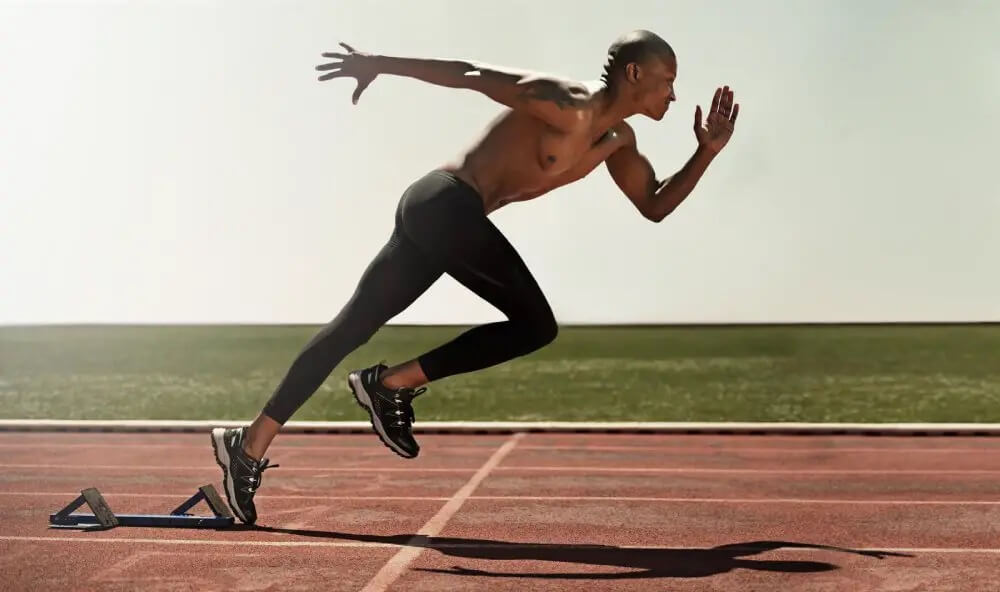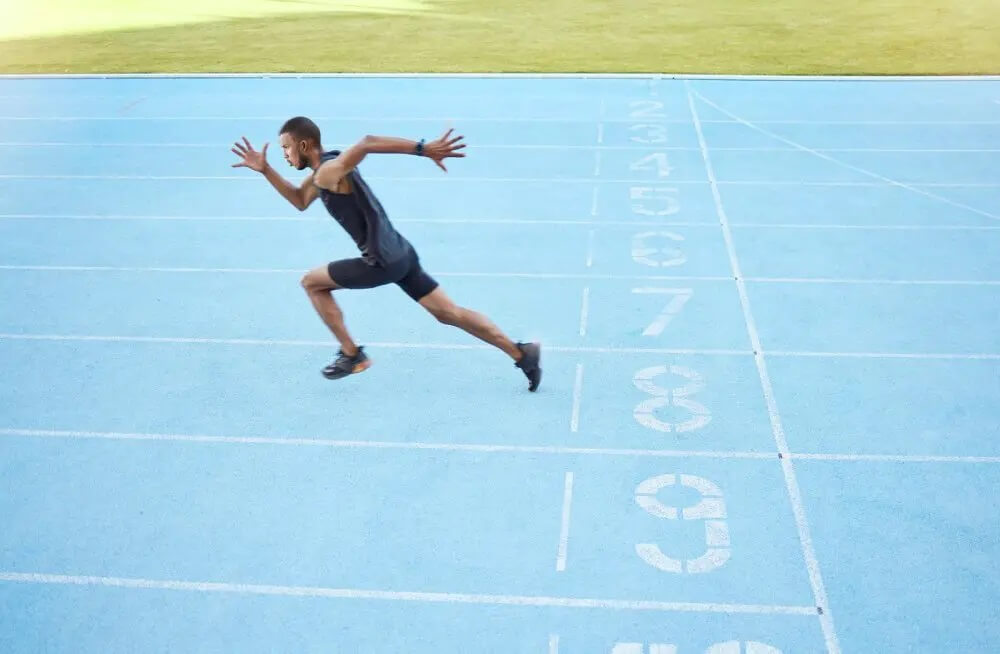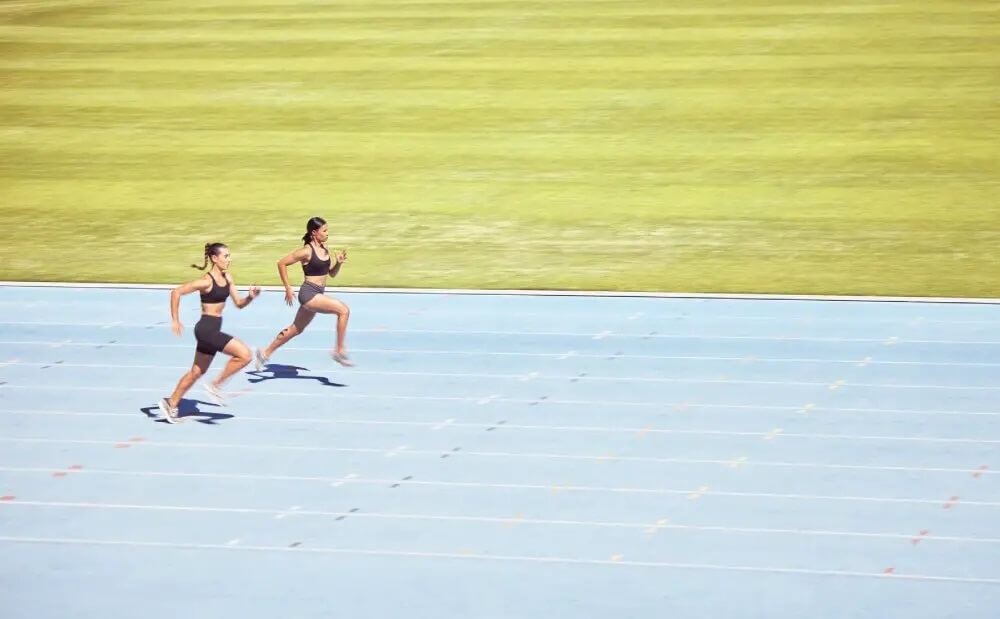What is cadence in running? Cadence is defined as the number of steps a person takes in a set amount of time. Your cadence will have an effect on your run time.
When I first started running, I didn’t know or care what my cadence was. If I got up in the morning and ran before the day was over, I would consider that to be a success. As long as I ran, I didn’t care about how fast I was or even how far I went.
As I began to take running more seriously, however, I started to care more about how fast and long I could run. Training seemed fairly simple on the surface; I would time myself on one day, and the next day I would try to run the same distance in less time. Other times I would see if I could run farther than I did the day before.
Like most runners, though, I soon hit a stopping point. It seemed as if no matter how hard I tried, I wasn’t going to run faster or go farther. I started researching ways to get better, and that’s when I learned about cadence.
So, what is cadence in running? Cadence refers to the number of steps per minute a runner makes.
Contents
What Should My Cadence Look Like?

It’s fairly obvious to most people that the more steps they can squeeze into that minute, the faster they’ll run. Of course, actually increasing those steps can be a lot more complicated than it initially seems to be.
An ideal cadence is a series of short, light steps. This is because the ideal cadence reduces the amount of time that your foot is in contact with the ground by as much as possible. To do this, a runner has to train themselves to adjust the way they run so that they lift their feet more often.
Ideally, a runner will want to avoid their feet touching the ground, or at least avoiding heavy footsteps. As a person runs, heavy footsteps mean that the runner will expend a lot more energy lifting their feet and pushing off the ground to propel themselves forward. You might be wondering should you have an energy drink before a run.
How Good Cadence Affects Your Run
Speed

A runner’s speed will increase if they are able to reduce the amount of energy they use to lift their feet off the ground while simultaneously increasing their steps. Together, these two factors will enable the runner to spend more of their energy on actually propelling their body forward rather than on the friction force between their feet and the ground.
Preventing Injury
Light and quick steps will also help to reduce the severity of injuries that the runner may encounter. Because less force is being expanded up and down the legs as the runner picks up their feet, it is less likely that they will experience repetitive stress injuries.
Improving Your Cadence
Improving your running cadence is often a matter of adjusting your running posture. Be aware that this will be time-consuming, and many people report that they actually slow down while they are getting their bodies to learn the new positions.
In addition to correcting your posture and balance, also consider working on improving your muscle tone and reducing fat. Lighter runners tend to be faster, often because they have less weight to counteract when they pick up their feet. You might also find our explainer on whether should you have protein after a run helpful.



